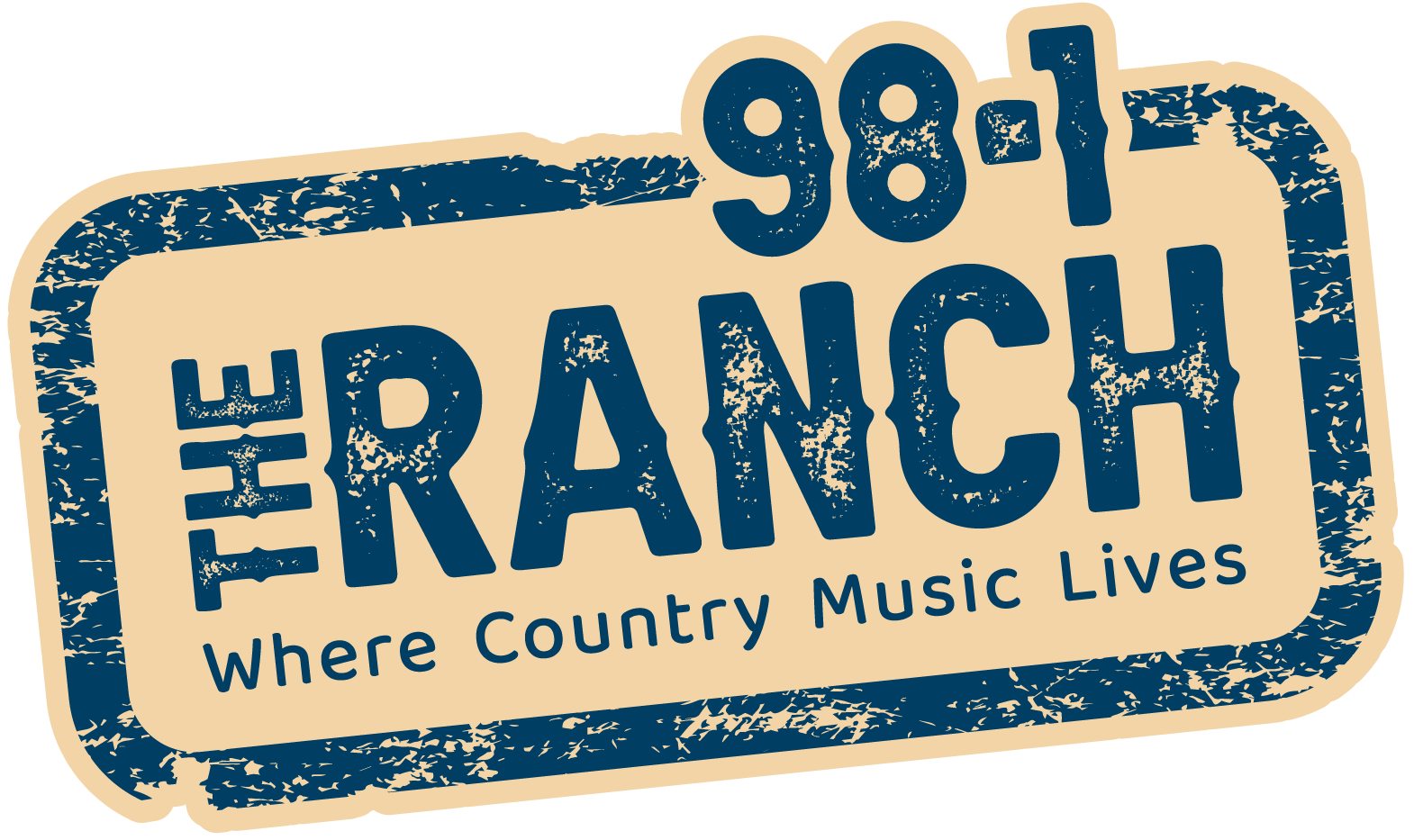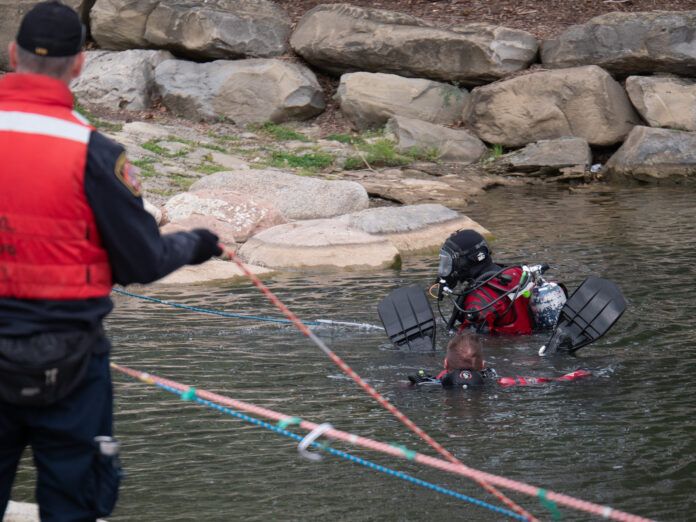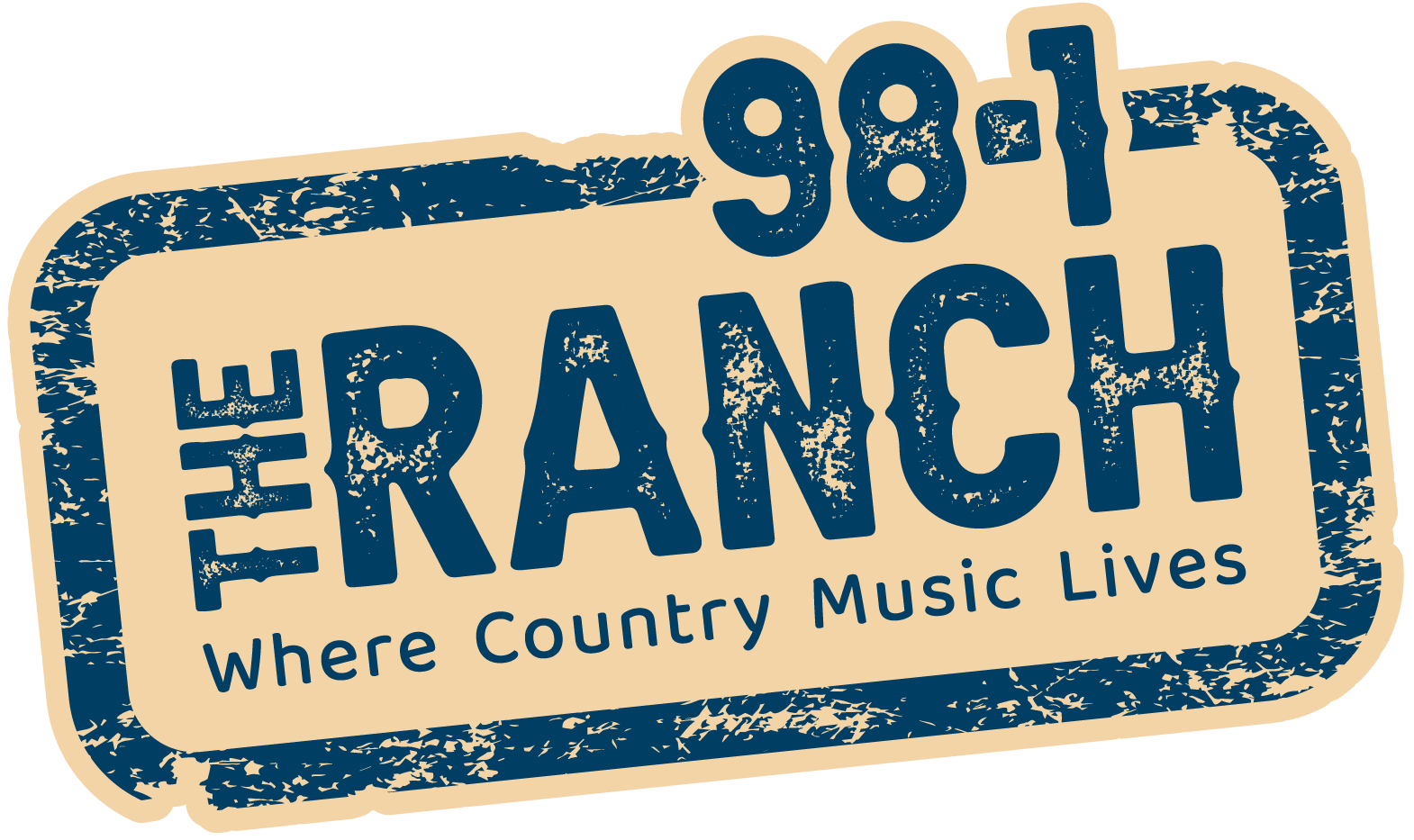New and practiced Lethbridge and EMS divers got in the water on Thursday for a training course they have to do every three years. Andrea Zaferes is with Lifeguard Systems in New York and traveled to Lethbridge to teach a unique underwater search and rescue system.
“We are training one of our favourite teams in the entire world, which is Lethbridge. They are just amazing, they just have the best attitudes ever — they work nonstop, we don’t take lunch breaks and what we are learning how to do here is how to find bodies and evidence in the water. Moving both in rescue and recovery mode,” she said.
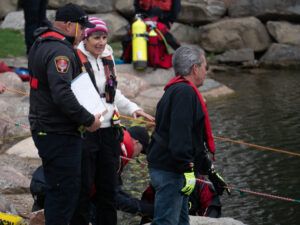
The three day Rapid Deployment Search and Rescue Recovery course had divers searching for small objects in near zero visibility water at Riverstone pond in West Lethbridge. Each of the 13 divers had to complete three successful search dives. They also had to do cutting exercises, where they had to cut a line and tie it to something, as well as diver rescue drills.
“It’s been a lot to learn in a small period of time, luckily we have a lot of really good divers here that are really eager to take you aside and show you what you are doing wrong, what you are doing right and help you through it to make sure that you can be the best diver that you can possibly be,” said Nicholas Spencer, senior firefighter, who took the dive course for the first time.
Brendon Pyne, water rescue team lead, said much of the work the dive team does is body recovery. Zaferes also focus on evidence and the importance of investigating and recognizing aquatic assault and homicide, something she said often gets dismissed as drowning accidents.
“The other thing we are also trying to do is teach them how to document things so if there is a crime involved, that they are court ready,” she said. “I can tell you that they are some of the most misdiagnosed crimes because people just treat everything like an accident when it’s in the water.”
She will also do a workshop with police on Friday to help them recognize and document aquatic crimes.
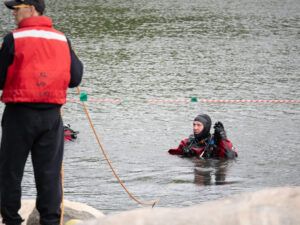
The system she teaches uses people, called tenders, to assist divers in the water. The divers are attached to their tender with a rope, which is used to communicate — they also track the divers breaths to know how much air they have and if they are stressed, without them having to surface. They also have the ability to communicate with a comms system.
“We really don’t like a lot of talking because then you can’t concentrate — everything you touch you have to visualize in your mind’s eye — a child’s fingertip might be all you are touching at first, so everything you touch you have to find in your mind’s eye and then we communicate with the ropes,” Zaferes said.
Spencer said the team uses all the time possible while she is there to train and regardless of weather, each diver get the same time in the water to ensure no corners are cut. “She is an amazing person and has more knowledge than I think anybody on this subject so having her here, especially for Lethbridge with all the water we have around us, it is huge for us,” he said.

